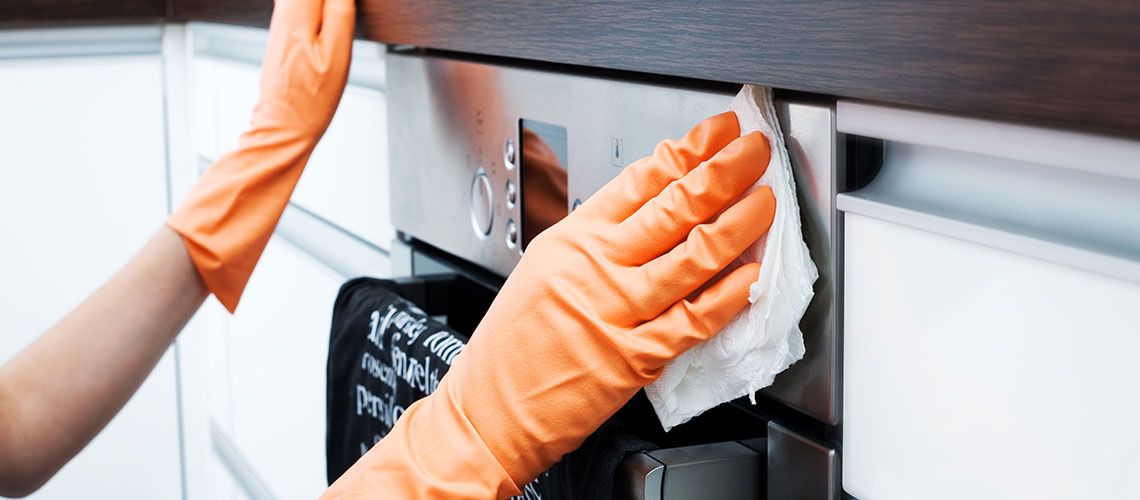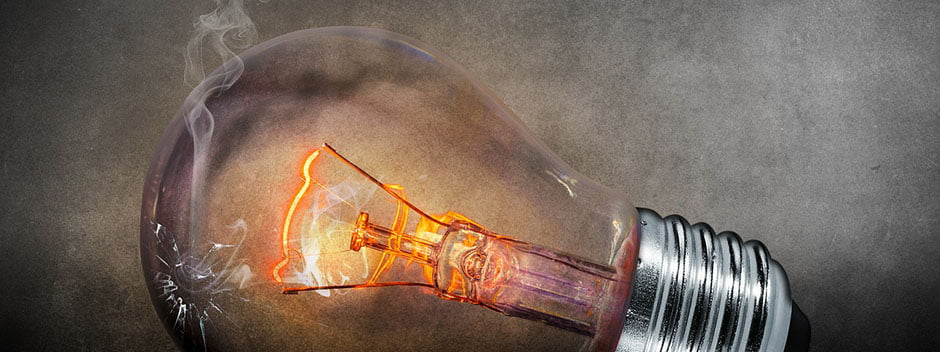How Does Dust Affect Your Health (and what to do about it)
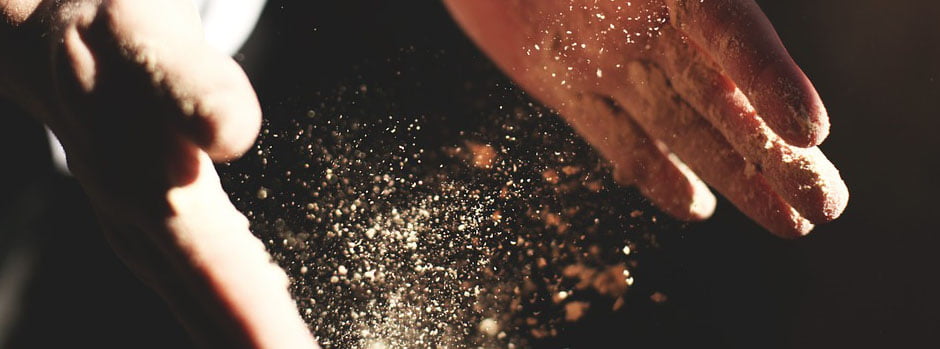
There isn’t a house with no dust in it. While there is the statement that living in an immaculate dust free environment may weaken a person’s immune system, there are also many dangers household dust can do to your health. Here, the Domestic Cleaners team will explain how does dust affect your health and how you can keep it under control.
What is Dust?
In general, dust is a collective term consisting of microscopic particles that collect on every surface of an enclosed space. The contents, both organic and inorganic, can vary.
Where does dust come from?
At home, the most common types of dust are human skin cells (dander), cigarette smoke, dust mites, mould spores, fabric fibres, pesticides, paint particles, insect parts, pet dander, bacteria, pollen and many more.
Often there is also construction debris and heavy metals that can be quite dangerous in larger quantities.
When on the outside, dust is generated from a mixture of microscopic particles from various rocks and plants, usually caused by wind lifting them up.
Contrary to a musty smell, dust is easy to tackle.
How Can Dust Affect Your Health?
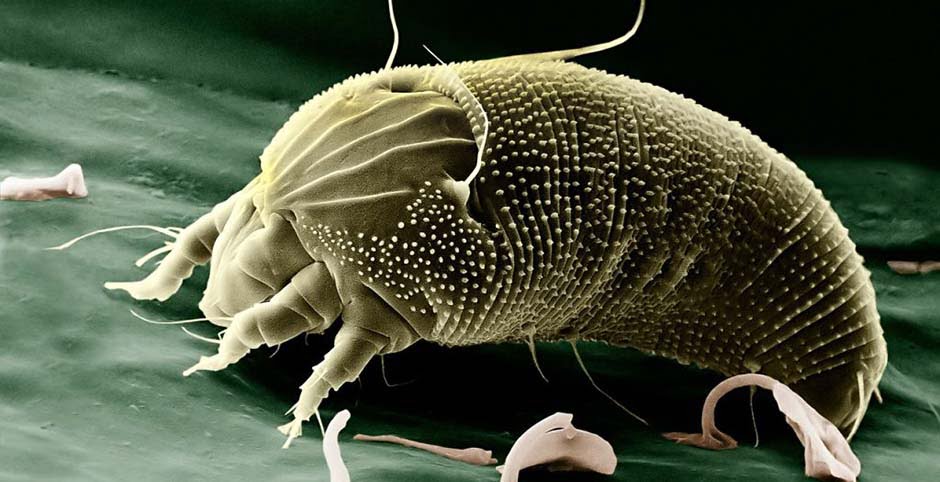
The worst impact of dust on human (and pet) health is dust allergies. There are people with inborn dust allergy (which is basically an allergy toward one or more of the dust components), and there are those who unlock the allergy much later in life.
So, even if you don’t have it, staying long enough in a dusty environment can still cause the unpleasant symptoms and health complications, mainly caused by the reduced function of your lungs due to dust infections and irritation, and they can stay with you for the rest of your life.
The most common allergy symptoms caused by dust are:
- Sneezing;
- Stuffy nose;
- Teary eyes;
- Coughing;
- Tightness in the chest;
- Shortness of breath;
- Itching;
Long-term respiratory problems are also a common effect of long exposure to household dust. And, this kind can get rather dangerous for your continued wellbeing.
Young kids, infants and elderly people are more susceptible to developing long-term health problems from breathing air with high levels of dust.
Did you know? Young children can eat as much as 10 grams of dust when playing on the floor at home.
The causes can vary – from pollen to dust mites, to the common pet allergy. Sometimes infestations of mice, rats or cockroaches can lead to a problematic allergy as well.
How to Reduce Dust in Your Household?
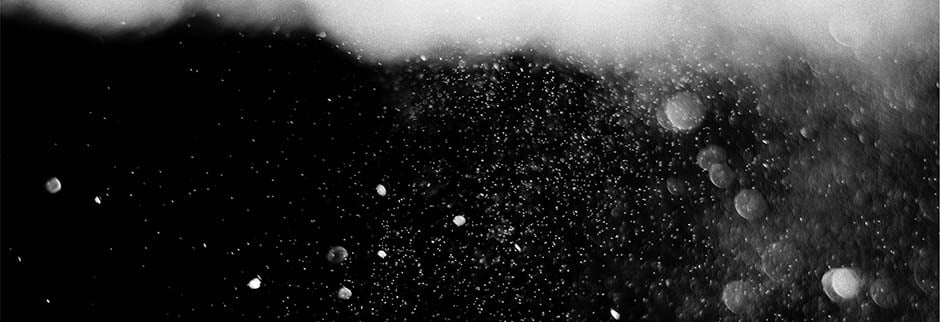
There is no way to completely remove all dust from your house (though it is possible in a controlled lab environment). Also, you wouldn’t want to get rid of 100% of the dust, since it might be just as problematic to your health.
Follow these steps to reduce dust in your home and ensure a healthy IAQ (Indoor Air Quality):
- Clean regularly. A good vacuum can go a long way. Avoid using dusters or dry rags, as they only spread the dust in the air, until it eventually falls back down again. Instead, use a damp rag in order to capture the fallen dust. After that, hoover the floor.
- Change the sheets and bed covers regularly. Dust gathers everywhere, but the bed sheets take the most of it, since that’s where human skin cell gather the most. And, where is human skin cells, there is dust mites to eat them. Dust mites are a serious allergen. So, change your bedding regularly and wash it at 90 degrees.
- Avoid carpets. It might be too late for an advice like this, but carpets are the easiest places to collect dust. They’re also relatively hard to clean. If you want to make your cleaning schedule easier and faster, do not use any carpets or rugs in the house, and opt for wood or laminate flooring.
- Use window coverings. It’s a smart move to use window coverings to trap dust mites and other dust particles from coming in through your windows. Sometimes the dust comes straight through the window, so stopping one channel is still better than nothing.
- Rely on professional after builders cleaning. If you’ve just done a renovation, then there is a lot of debris all around. Even if the largest trash parts are out of the way, there is still the dust. In order to clean up the room properly, you would need some professional help. After builders cleaning professionals not only have the right equipment, but they also operate on a very important rule: starting to clean at least a day after the renovation is over. By then, the dust in the air has settled on the surfaces and is ready to be cleaned up. However, this is not enough to get the job done. Even after this initial clean, there will be at least 35% of the dust back into the air. So, there needs to be a secondary clean a day after.
- Consider an air purifier. For an ongoing dust prevention, an air purifier is a smart investment.
Why You Need an Air Purifier?

Depending on where your house is situated, there are different degrees and types of air pollution. At home, dust is usually generated by shedding skin, from fluffy clothes and carpets and all the bacteria that inhabit them. In most areas, dust, as well as air pollution levels, on average, which are no cause for alarm.
However, make sure there aren’t any local sources of air pollution such as chemical factories, wet basements or old fluffy carpets.
If that’s the case, you might need to look for additional help in order to keep the air safe for breathing. This additional help comes in the form of air purifiers.
These are the most common types of air purifiers:
HEPA filter
The HEPA filter is the most common air purifier. It’s easy to find and does a good job against large(>1 micron) and medium(1 to 0.1 micron) dust particles. It does an excellent job filtering smoke and pet dander.
However, it can’t filter the smallest particles and does a considerably poor job with mould spores, dust mites and bacteria. It’s also high maintenance and makes a lot of noise.
Electrostatic filter
The electrostatic filter is a lot better at this job – it takes good care of pet dander, gases, odours, even bacteria and mould. Unfortunately, it still cannot deal with dust mites and particles smaller than 1 micron.
It requires more maintenance but makes a lot less noise than the HEPA filter.
Ionizer
The air ioniser also does a very good job. It makes absolutely no noise and requires no maintenance whatsoever. Just switch it on and leave it be.
It can’t take care of dust particles smaller than 1 micron and does a very poor job with dust mites, mould and bacteria, but it can easily neutralise odours, smoke and pet dander.
Photocatalysis
The photocatalysis is a real piece of work. It’s relatively low maintenance and makes no noise at all. It does the best job against everything from the smallest dust particle to the biggest. It can take care of dust mites, bacteria, mould, smoke, odours, gases, pet dander. Clearly, the best investment of all.
In order to take care of your family’s well being, it’s your responsibility to keep the dust in relatively healthy boundaries. This requires time and some additional equipment. But, of course, you can always rely on professional home cleaning help as well.
Duties & Responsibilities of Professional Cleaners by Job Descriptions
At Star Domestic Cleaners, we know that professional cleaning services in recent years are more and more of a necessity rather than a luxury.

